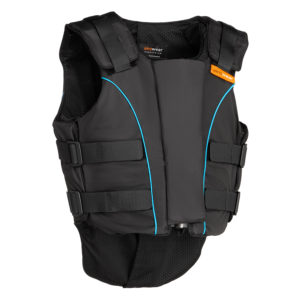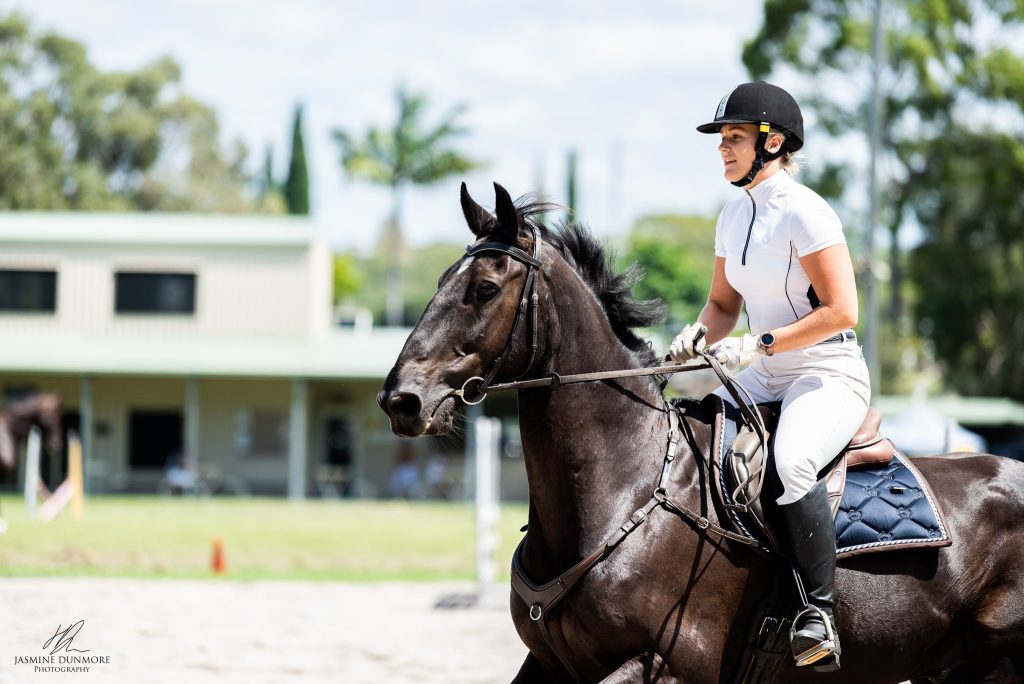I often get asked “do I need horse riding body protector, when riding a horse? In my opinion it is paramount to wear the right body protectors. Body protectors are worn by horse riders in order to protect from injury and its primary purpose is to protect against rib fractures and spinal cord injuries. They are available in a range of prices and styles, so it is important to do your research before you buy one. Make sure to get a protector that fits well and is comfortable to wear.
When it comes to choosing a horse riding body protector, it is important to remember that they are not all created equal. In fact, most protectors are designed for a specific activity.
As such, it is important to choose a protector that is appropriate for the activity you will be doing. For example, if you are going horse riding, make sure to choose a protector that has been specifically designed for horse riding and has the correct impact certification.
What Are Horse Riding Vests For?
A horse riding vest, also known as a body protector, is a type of protector that protects the rider from injury. It is important to always choose a body protector that has been approved to BETA Level 3 standard, as this offers the most protection. There are also air jackets available, that offer more protection than a regular body protector.
Apart From Vests What Are Other Protective Gears for Horse Riding
There are a variety of different types of personal protection equipment that can be worn while riding. One of the most important pieces of equipment is a body protector.
A study found that there was a significant decrease in injury when body protection was worn during horse riding activities. The severity of the injury was also significantly decreased when body protection was worn for cross-country riding.
Why do horse riders wear chest protectors?
The main purpose with chest protectors is to protect the abdomen and internal organs. Protect the thorax (chest and ribs) to prevent against soft tissue injuries, including bruising, lacerations/cuts, abrasions/contact burn. I encourage all our horse riding customer to wear a horse riding safety vest because it gives another layer of protection. Its better to be prepared in case of a fall then wishing you had some protection when you had a fall. Wearing a safety vest reduces the risk of physical injury. And that does a lot for your horse riding confidence.
How Does a Body Protector Work?
A body protector is a piece of safety equipment that is worn by horse riders. It is designed to help reduce the impact of a fall or kick from a horse. The body protector is made of foam and fabric and is adjustable to fit you perfectly. It can help reduce the severity of an injury if it occurs during an accident.
What Is the Best Horse Riding Safety Vest?


Body protectors have become more popular among riders in recent years. While there are some who believe that they are not necessary, most riders find that they provide a good level of protection in the event of an accident.
There is no definitive answer to this question. There are many riders who feel that they provide an extra level of safety. Ultimately, it is up to the individual rider to decide whether or not they want to wear a riding vest. On the side you will see a couple of examples of horse riding body protectors.
How Often Should You Replace Your Body Protector?
Most body protectors have a lifespan of 3 to 5 years. This is because the foam inside the protector will degrade over time and make it less effective at protecting you in the event of a fall. It is therefore important to replace your body protector regularly to ensure you are always protected.
Whilst our body protectors are not Beta Level 3 rating, however you will be able to wear Fempro Armour gear for all event apart for cross-country.
Check out our 1.0 Body Armour Protection Jersey or our Protection Vest.

